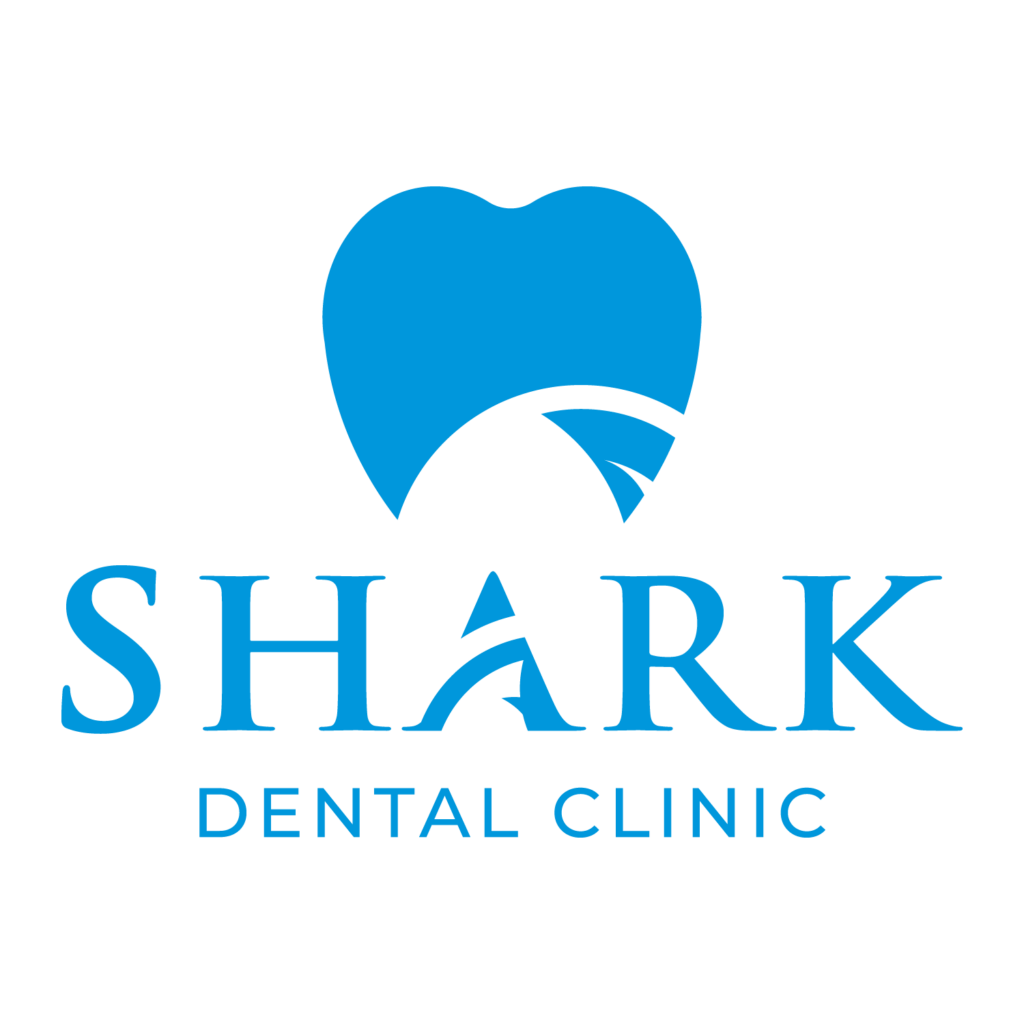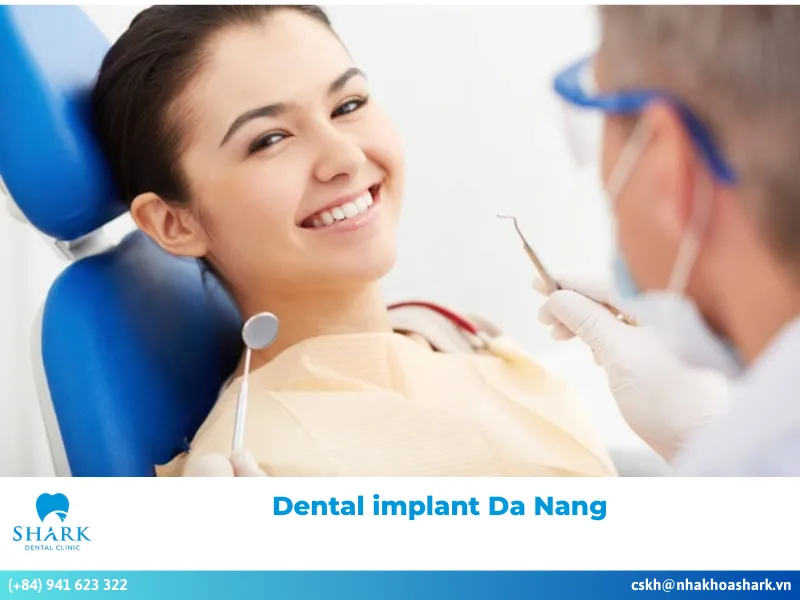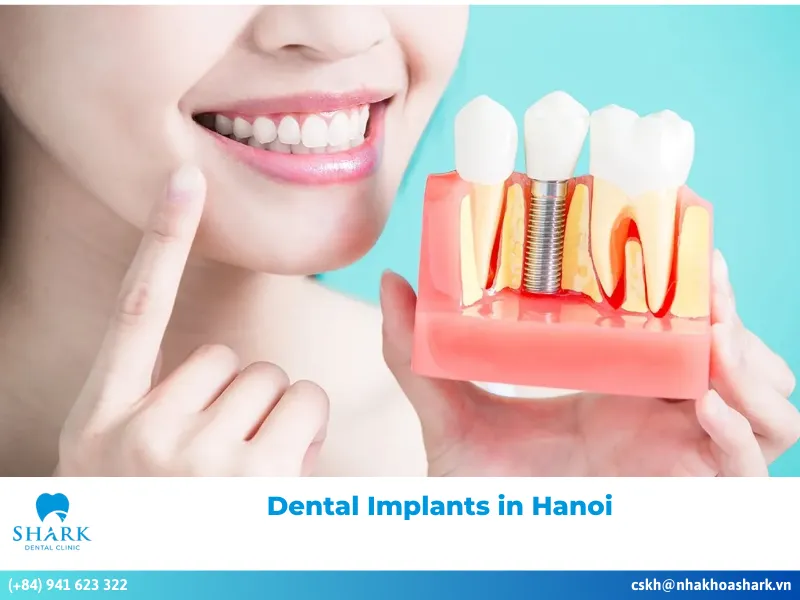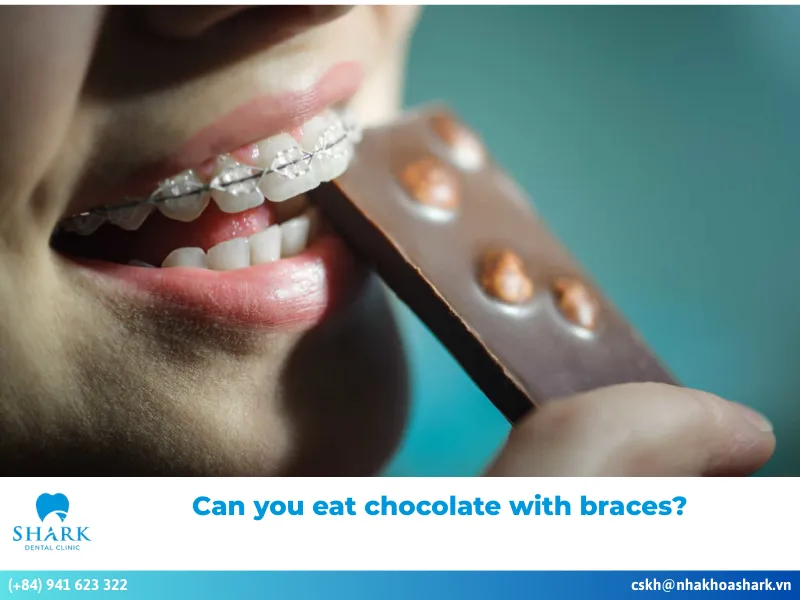Your diet plays an extremely important role in the success of an orthodontic treatment. However, can you eat takis with braces remains a question that many people are very interested in today. If you have the same concern, read the article below to receive the most accurate and detailed answer!
What are Takis?
Takis cake is a popular snack that is loved by many around the world. This treat is crispy, sweet-savory, and rolled similarly to Vietnamese bim bim (crispy chips). Takis cakes are coated with signature seasonings, creating an appealing and flavorful taste. As a result, this snack has become a favorite for many people, including those with braces.

Why shouldn’t people with braces eat Takis?
Dental experts recommend avoiding or limiting the consumption of Takis while wearing braces. Choosing nutrient-dense foods and brace-friendly snacks supports the orthodontic process, ensures treatment effectiveness, and can shorten the overall time wearing dental appliances.
Eating Takis frequently during orthodontic treatment can lead to several risks:
- Breakage of brackets and archwire damage: Takis have a certain level of hardness, crispiness, and chewiness. Biting into them with strong force may cause brackets to loosen or archwires to break, which can hinder the effectiveness of orthodontic treatment. This may prolong treatment time and increase the cost of repairs.
- Gum irritation and inflammation: When chewed, Takis break into small, sharp fragments that can get stuck between teeth, brackets, and archwires. This can irritate or injure the soft tissues in the mouth. If oral hygiene is not thorough, leftover Takis fragments can provide a food source for bacteria, leading to gum irritation and potential oral infections.
- Increased risk of tooth decay: Takis are typically coated with heavy seasonings, particularly salt, sugar, chili, and vegetable oils. These ingredients can cling to the surfaces of teeth, brackets, and archwires, making daily cleaning more challenging and increasing the risk of cavities and gingivitis.
- Interrupted orthodontic progress: If a person with braces eats Takis and their brackets or archwire become loose, they will require prompt care at a dental clinic. The dentist will need to remove and adjust the appliances, interrupting the orthodontic progress.
In summary, Takis—because of its thick seasoning layer, crispy and hard texture, and chewy consistency—is not a recommended snack for people with braces. If patients frequently eat Takis and do not maintain proper oral hygiene, it may increase the risk of cavities and gum inflammation, disrupt the orthodontic process, raise the overall braces cost, and prolong total treatment time.

What snacks can you eat instead of Takis?
During the orthodontic period, it is better to choose snacks with a moderate level of crunch and lighter seasoning. These types of snacks can be enjoyed safely without affecting the effectiveness of orthodontic treatment.
Here are some alternatives to Takis that are suitable for those undergoing orthodontic treatment:
- Yogurt: Snacks like yogurt, pudding, and similar soft dairy products are refreshing, easy to eat, and rich in nutrients—making them ideal for those with braces. These snacks require minimal chewing, reduce stress on orthodontic appliances, support digestion, and are beneficial for teeth and bone health.
- Smoothies: If you enjoy sweet snacks during orthodontic treatment, fruit smoothies can be a great option. Smoothies are soft, flavorful, easy to consume, and rich in vitamins. You can blend smoothies from fruits like bananas, blueberries, avocados, etc., to enjoy a variety of flavors each day.

- Soft fruits and vegetables: Certain fruits, such as papaya, ripe bananas, and seedless grapes, along with soft vegetables like steamed pumpkin or boiled broccoli, are rich in vitamins and fiber. These foods are easy to chew, making them ideal for individuals with braces. They support overall health and help the orthodontic process progress smoothly and effectively.
- Soft cakes: If you enjoy baked goods, consider options like steamed milk cakes, sandwich bread, flan, and similar soft pastries. These items require minimal chewing and will not damage orthodontic appliances. Furthermore, soft cakes provide energy, which is beneficial for those undergoing orthodontic treatment.
- Soft cheese snacks: Cheese sticks, cheese slices, and cheese-flavored snacks are appealing options that are rich in calcium and protein, both of which are important for oral health. Experts note that cheese helps neutralize acids in the mouth, reducing the risk of tooth decay for people with braces.
- Mashed potatoes: Mashed potatoes can be a suitable choice for those wearing braces. With their naturally mild flavor and smooth texture, mashed potatoes are easy to eat and digest during orthodontic treatment.
- Porridge, soup, and broth: Porridge, soup, and broth are highly recommended for people with braces. These foods are soft, require minimal chewing, and do not interfere with orthodontic appliances. In addition, they are nutrient-dense and contribute positively to overall health and digestion.
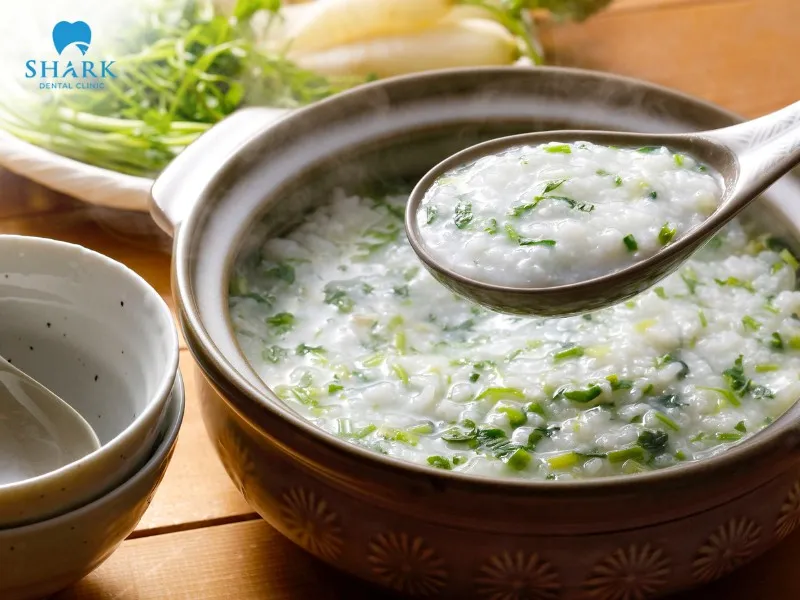
Along with maintaining a proper diet, individuals with braces should establish a consistent oral hygiene routine as instructed by dental professionals. It’s important to use a soft-bristle toothbrush along with dental floss, a water flosser, and mouthwash to clean teeth after eating snacks or at least 2-3 times a day.
Choosing a soft-bristle brush is essential, and you should avoid scrubbing too forcefully to prevent loosening brackets or breaking archwires. Daily and consistent oral hygiene is necessary to eliminate food debris, helping to reduce the risk of cavities and gum disease. This supports smooth orthodontic progress and helps achieve the desired treatment results.
In this article, we addressed the common question, can you eat takis with braces, and suggested suitable snack alternatives. A scientific and balanced snacking routine not only supports oral health but also contributes to successful orthodontic outcomes, potentially shortening treatment time and optimizing overall costs.
Therefore, after getting braces, it is crucial to follow your dentist’s dietary instructions to protect your smile throughout the treatment.
>>> See more: Soft foods for braces


